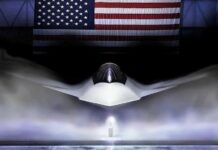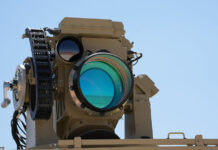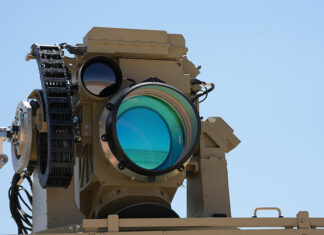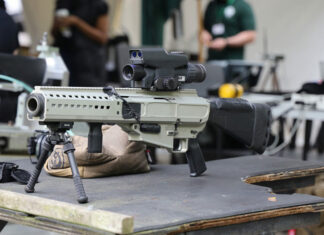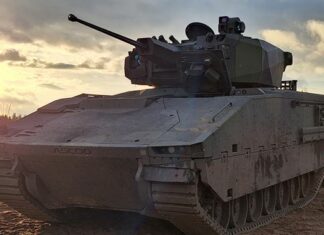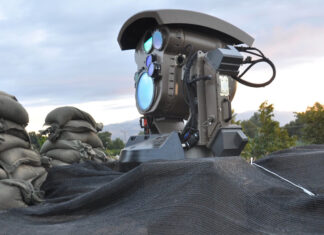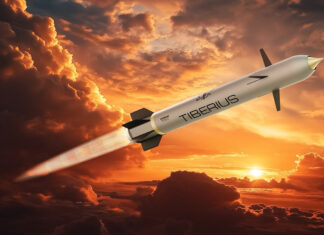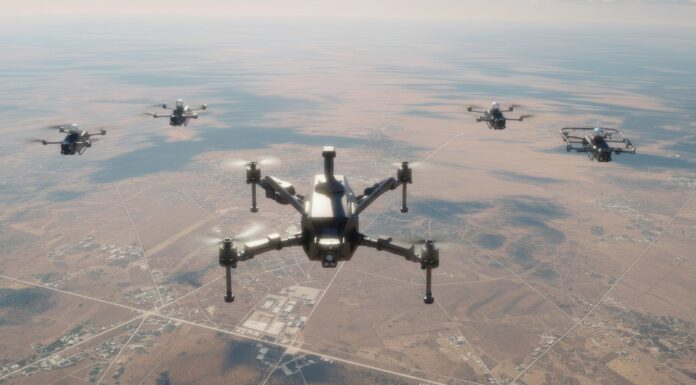The RG-32M light armored vehicle is powered by a water cooled 6-cylinder turbo-charged diesel engine. It provides crew protection by an all-steel welded armored monocoque capsule, and ballistic protected transparent armored windows and windshield. The crew compartment is protected to a level of 5.56 x 45mm NATO ball ammunition and against a variety of grenades, firebombs and thrown missiles. Protection also includes the firewall, roof and floor, which is designed to protects the occupants against a single anti-tank mine (7kg of TNT) under any wheel.
Iron Beam 450 Completes Testing, Soon to Join With Operational Air Defense Units
Tamir Eshel - 0
Israel’s Iron Beam 450 high-power laser system has completed final testing, marking a major leap in air defense. Developed by Rafael, it offers precise, cost-effective interception of rockets, UAVs, and mortars, and is set for IDF deployment by 2025.
Barrett Develops a New Precision Grenade Rifle System (PGS)
Tamir Eshel - 0
Barrett Firearms Manufacturing has been selected as the winner of the U.S. Army's xTech Soldier Lethality competition, securing a contract to develop an advanced 30mm precision grenade rifle system. The new system features programmable...
Modular Turrets for Localized AFV Manufacturing
Tamir Eshel - 0
European defense manufacturers are accelerating domestic production capabilities of Armored Fighting Vehicles (AFV) amid ongoing regional security tensions. Patria and General Dynamics European Land Systems initiated 42 ASCOD Infantry Fighting Vehicle (IFV) assembly in...
Israel Achieves World’s First Operational Combat Interceptions with Iron Beam Laser Prototypes
Tamir Eshel - 0
Israel has crossed a historic threshold by becoming the first nation to successfully deploy laser weapons in actual combat. During the Swords of Iron War, Israeli forces used Rafael's high-energy laser systems to intercept enemy threats, marking the transition from experimental technology to operational directed energy warfare.
Tiberius Introduce Sceptre – a Liquid Fuelled 155mm Ramjet Artillery Munition
Tamir Eshel - 0
Defense startup Tiberius Aerospace has unveiled Sceptre, a ramjet-powered 155mm artillery munition designed to achieve ranges up to 150 kilometers with sub-5-meter accuracy.



